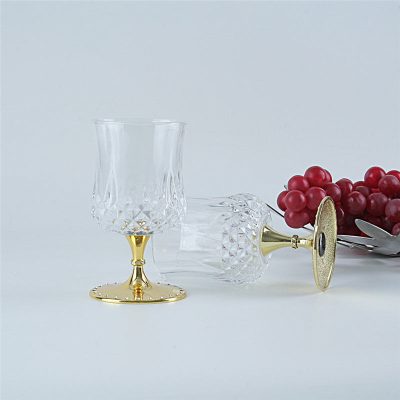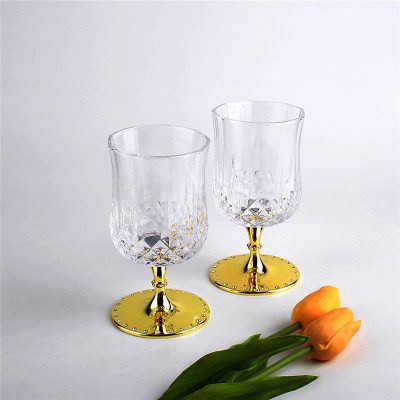- Contact us now!
- +86 18868944843
- been@thingegr.com
Culture of red wine and red wine cup
Sober up
Because red wine is described as a liquid with vitality, it contains tannic acid, and the changes of tannic acid after contact with air are very rich. The best way to distinguish the change of a bottle of wine is to pour two cups for the first time after opening the bottle, and drink one cup first, and then drink the other cup until the last time, which can be clearly felt. The change time of each bottle of wine is different, maybe 10 minutes, maybe half an hour, maybe two hours later. How to discover the vitality of wine depends on your own feelings and experience.
Drinking
The way to drink is to pour wine into a decanter, which is called drinking, but what is the purpose of drinking?
In fact, there are two reasons. One is to remove the sediment that has been aged for many years. Although there is no harm to drinking these sediments, they are harmful to the flavor of wine, so they must be removed. The other is to make the wine with less years revive its original flavor from sleep. Because the wine will have the opportunity to contact with the air due to the action of drinking, the wine in sleep will immediately be fragrant, and the taste will become mellow.
Wine tasting steps
The five basic steps of wine tasting: color, shake, smell, taste and aftertaste.
(1) Color
To see the color of wine, it is better to have a white background and put the wine glass in front of it. Of course, the color range depends on whether you taste white wine (hereinafter referred to as Baijiu) or red wine. The following are two kinds of wine colors: Baijiu has light yellow green, straw yellow, golden yellow, gold, dark gold, Madeira wine color and brown; Red wine includes purple, ruby, brick red, red-brown and brown. Color will tell you many things about wine, such as Baijiu. When they get old, they will deepen their color. On the contrary, red wine will lose its color.
(2) Wobble
Why shake the wine? To allow oxygen to enter the wine. Shake will release ester, ether and acetaldehyde, and make the wine fragrant with oxygen.
(3) Smell wine
Now that you have shaken to release the fragrance, what does the wine smell like? It has that form of NOSE. “NOSE” is the word that wine tasters usually use to describe the comprehensive smell of wine. Accurately point out the subsequent meaning of NOSE of wine is to enable you to recognize certain characteristics of wine.
(4) Taste
For most people, wine tasting refers to taking a sip of wine and swallowing it quickly. But this is not wine tasting. Wine tasting is a matter to be engaged in with taste buds. Remember that it is all around your mouth; The sides, back and tip of the tongue extend to the bottom of the throat. If you drink wine like most people, you will ignore all the important taste buds.
(5) Aftertaste
When you have a chance to taste wine, sit well for a while and savor the wine. Think about your recent experience and ask yourself the following questions to help you deepen your impression. Whether the wine:
⊙ Light, moderately rich, or rich?
⊙ Baijiu: How about acidity? Very little, just, or too sour?
⊙ Red wine: Is the tannin too strong or too astringent? Is it pleasant? Or no tannins?
⊙ How long does the aftertaste last?
⊙ The most important thing is whether you like this bottle of wine?
⊙ Is the price worth it?
Another key point is derived here. When you taste a wine, the first thing is whether you like it. Is it the wine you want?







